On the afternoon of May 12, the Ho Chi Minh City People's Committee held a workshop on the research project to build Can Gio International Transit Port.

Opening the workshop, Vice Chairman of the Ho Chi Minh City People's Committee Bui Xuan Cuong assessed that the more than 300-year development history of Saigon - Ho Chi Minh City is closely linked to the development of seaports and maritime transport.
Up to now, Ho Chi Minh City seaports have been invested in and basically completed according to the planning, the ports are synchronized, modern, with new technology, and efficient exploitation, which has greatly contributed to the socio -economic development of the city and the region, especially Cat Lai port with an output of 5 million TEU/year, ranked in the top 22 largest ports in the world.
The leader of the Ho Chi Minh City People's Committee said that Resolution 24 on socio-economic development and ensuring national defense and security in the Southeast region until 2023, with a vision to 2045, and Resolution 31 on the direction and tasks of developing Ho Chi Minh City until 2030, with a vision to 2045 of the Politburo both identified one of the main tasks and solutions as researching and promoting investment in the construction of Can Gio International Transit Port in the period of 2021 - 2030.
Therefore, the workshop was organized to receive comments and ideas from experts, scientists , and relevant units on successful deep-water port and seaport models in the world and to identify difficulties and challenges for Can Gio International Transit Port.
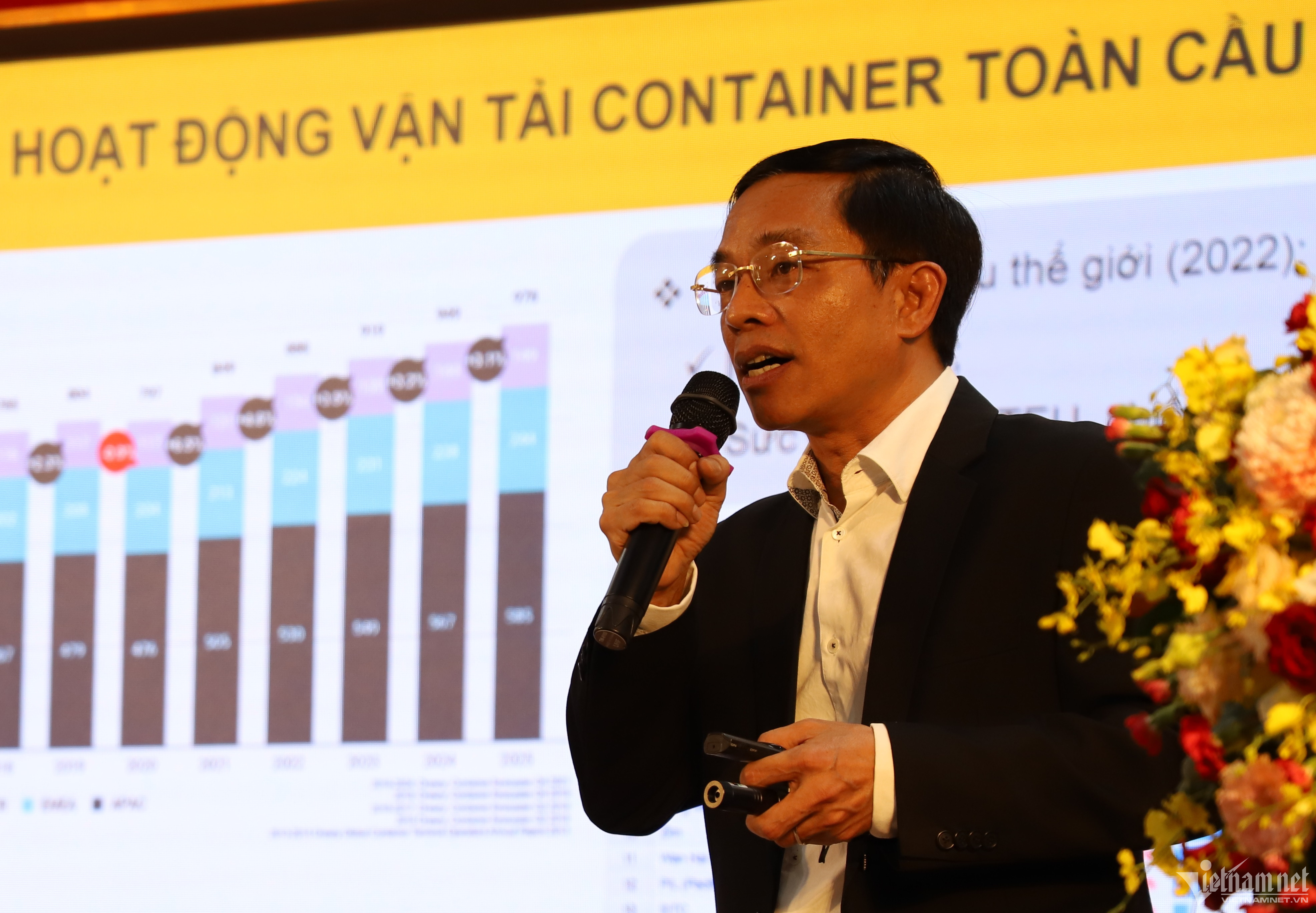
Reporting at the workshop, Mr. Pham Anh Tuan - General Director of Vietnam Port Design and Marine Engineering Joint Stock Company said that the proposed location for the construction of Can Gio International Transit Port is in the Cu Lao Phu Loi area (Thanh An commune, Can Gio district). This place has more than 93 hectares of protective forest, of which more than 82 hectares of forest land and is surrounded by Thi Vai River and Theu River.
The investor has committed to bringing technology and experts to apply green port technology, reduce emissions and waste, and have plans for reasonable use and exploitation, and prevent environmental incidents. For the area of more than 82 hectares of affected forest, related units will carry out replacement forestation.
According to Mr. Tuan, currently about 70 - 80% of imported and exported goods transported to and from Cai Mep - Thi Vai port area on the opposite bank are transported by waterway. Therefore, Can Gio International Transit Port will focus entirely on sea transport before 2030; after 2030, road transport will be studied, connecting the port to Rung Sac road.
The estimated cost of the Can Gio International Transit Port project is nearly VND129,000 billion (over USD5 billion). The total cargo throughput capacity is expected to reach 4.8 million TEUs by 2030, gradually reaching 16.9 million TEUs when the project operates at full capacity (expected in 2047).
Act early to avoid missing the opportunity.
At the workshop, Dr. Tran Du Lich - Member of the National Financial and Monetary Policy Advisory Council said he agreed with the construction of Can Gio International Transit Port. The reason he gave was that the construction location was very favorable and more importantly, the investor was a leading maritime transport company in the world.
"The success of a seaport project depends on whether the wishes of investors and management agencies meet. Where the State's planning and the investors' intentions meet, there will be success. If we plan without matching the location that investors want, it will be very difficult," Dr. Tran Du Lich expressed.

The expert also said that the formation of Can Gio International Transit Port is a big project, requiring preparation and participation with a huge amount of work from Ho Chi Minh City and related parties. The problem for this super port is how to form a big project but still preserve the environment and create a breakthrough for Can Gio sea to become a development pole.
“I propose that Cai Mep-Thi Vai should not be considered as belonging to Ba Ria-Vung Tau, and Can Gio as belonging to Ho Chi Minh City. We must consider both port systems as belonging to the entire Southeast region and the entire country.
Therefore, the Southeast Regional Coordination Board must coordinate from the beginning, forget about local thinking, and consider these two components of an international transit port to compete with other countries in the world," the expert suggested.

Giving further comments at the workshop, Director of Ho Chi Minh City Customs Department Dinh Ngoc Thang said that the project to build Can Gio international transit port is the desire of many generations. This project has great significance for the maritime industry, economic development not only of Ho Chi Minh City but also of the whole Southeast region.
"Currently, Ho Chi Minh City only has two ports, Tan Cang and Hiep Phuoc, but they are small in scale, likened to small markets. The construction of Can Gio International Transit Port is extremely important. If we don't do it now, we will fall behind. This port is a big market, a wholesale market, so I hope the leaders of the City People's Committee and the association will be determined to do it as soon as possible," Mr. Thang expressed his opinion.

Source




![[Photo] Da Nang: Hundreds of people join hands to clean up a vital tourist route after storm No. 13](https://vphoto.vietnam.vn/thumb/1200x675/vietnam/resource/IMAGE/2025/11/07/1762491638903_image-3-1353-jpg.webp)





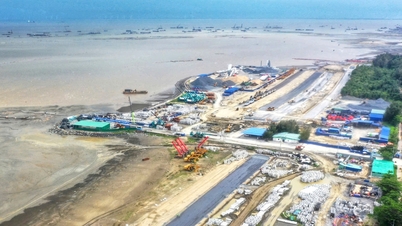

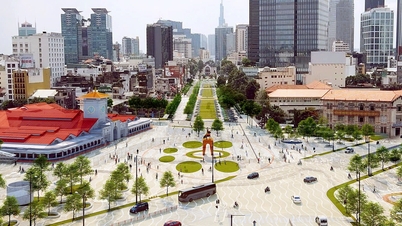
![[Photo] Ho Chi Minh City Youth Take Action for a Cleaner Environment](https://vphoto.vietnam.vn/thumb/402x226/vietnam/resource/IMAGE/2025/11/04/1762233574890_550816358-1108586934787014-6430522970717297480-n-1-jpg.webp)

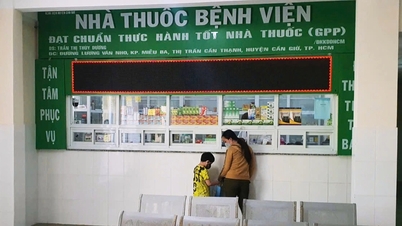

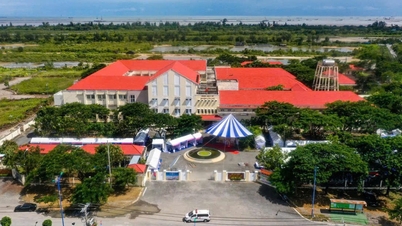



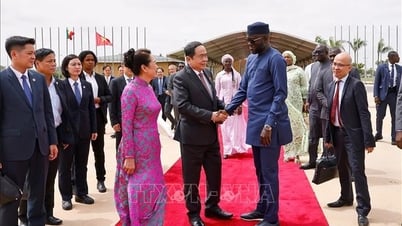

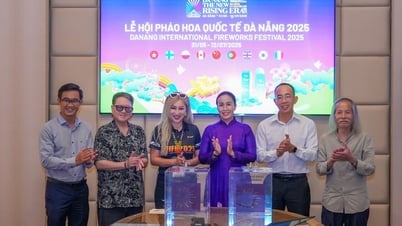




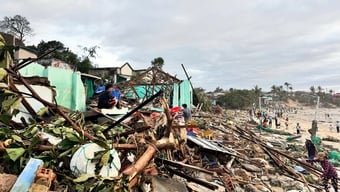



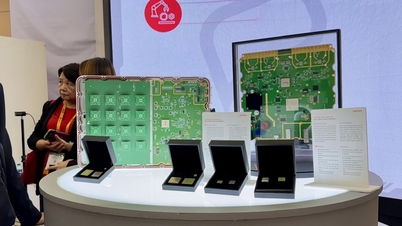






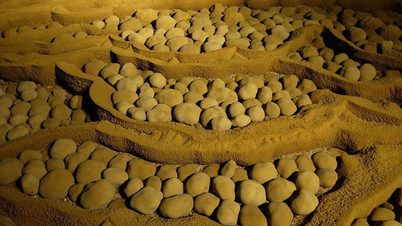






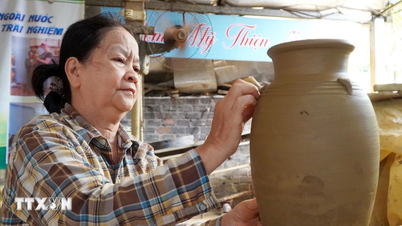
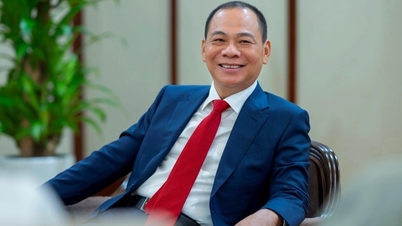







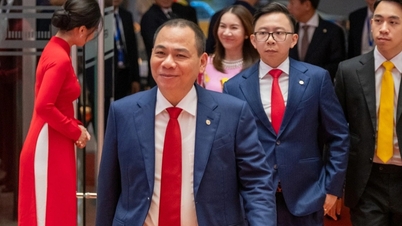


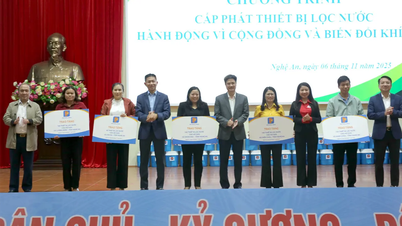


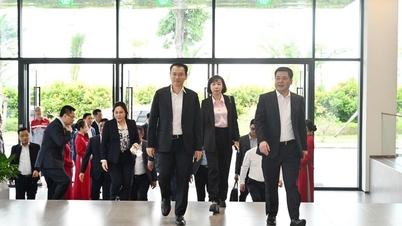
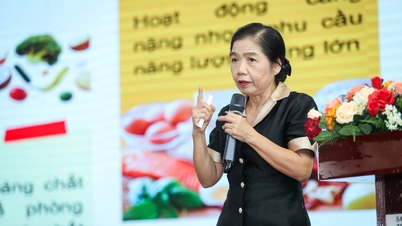


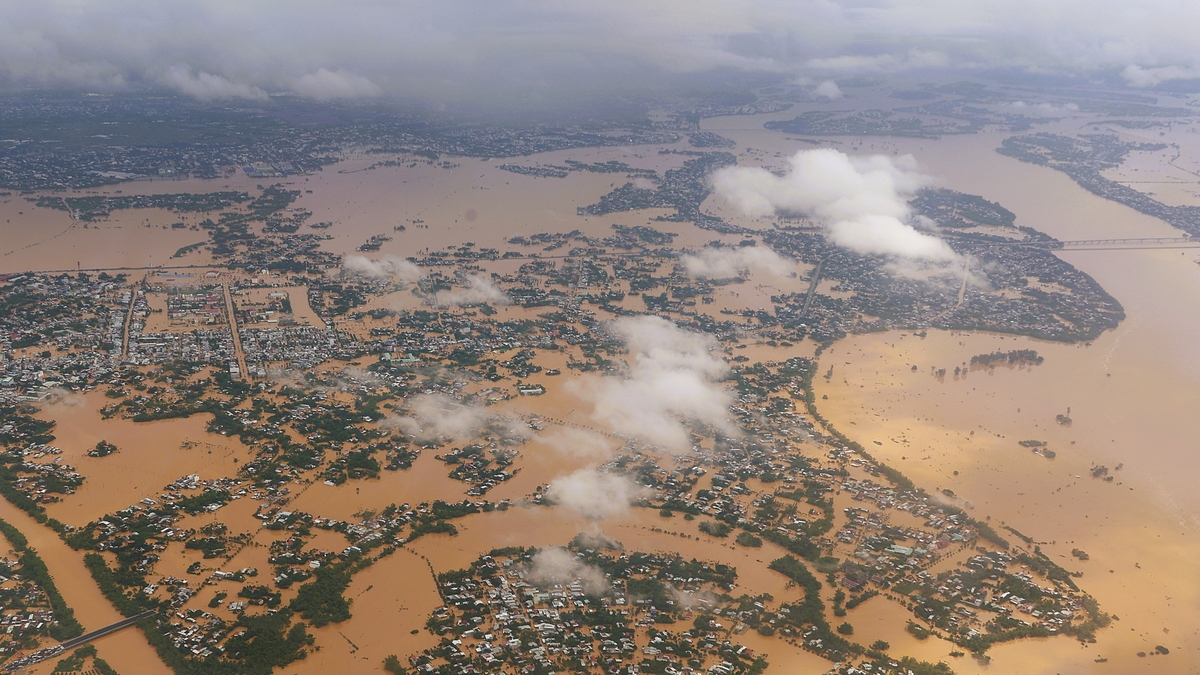




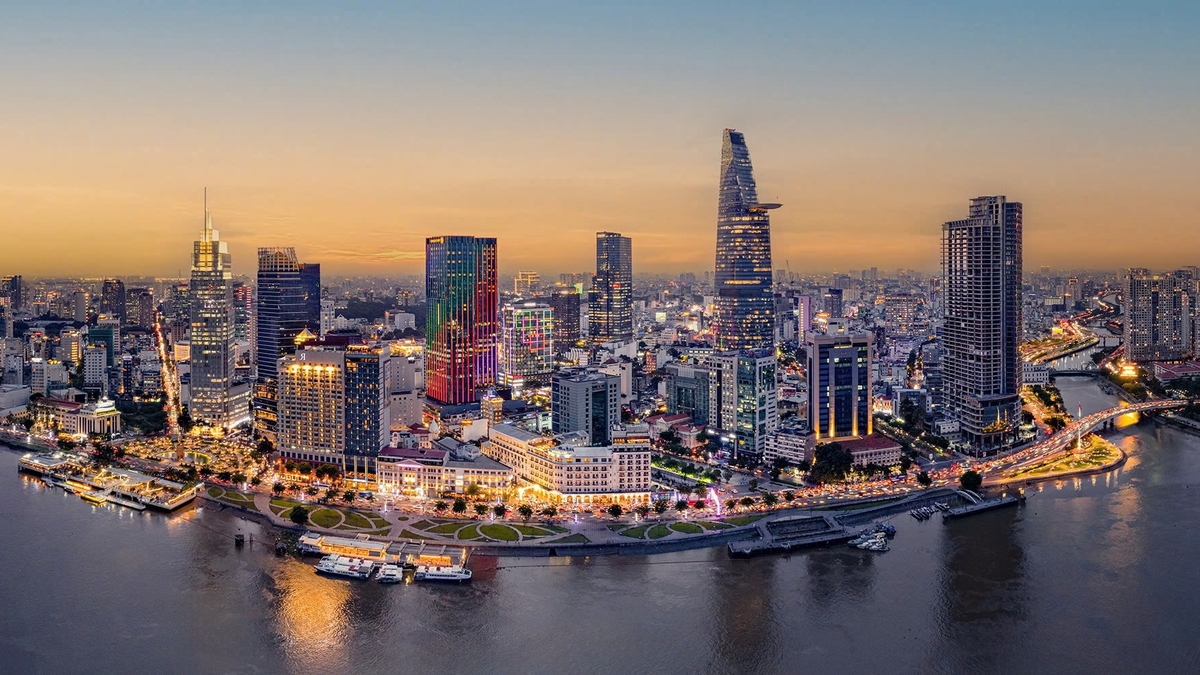
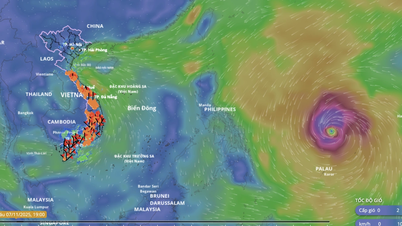



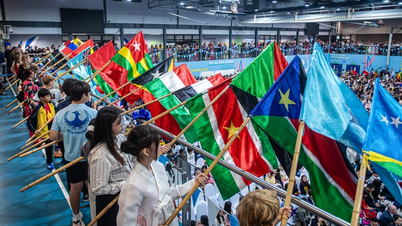
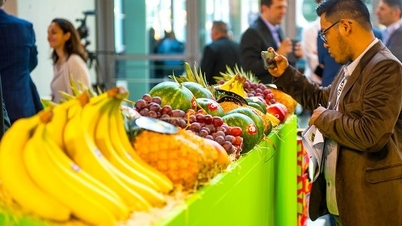


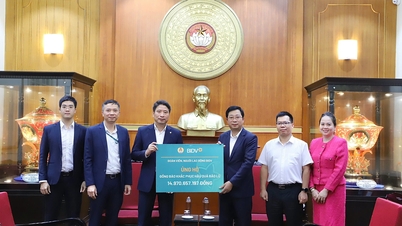


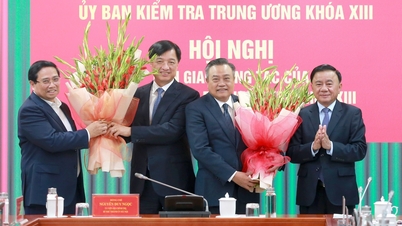
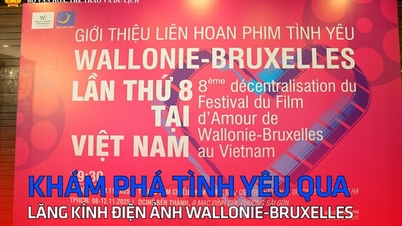

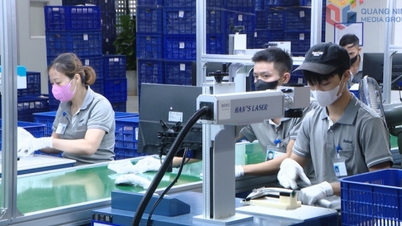

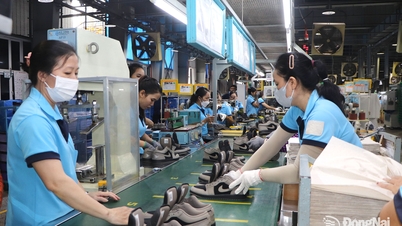





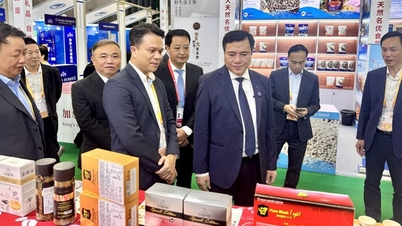

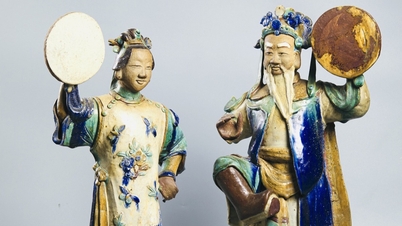











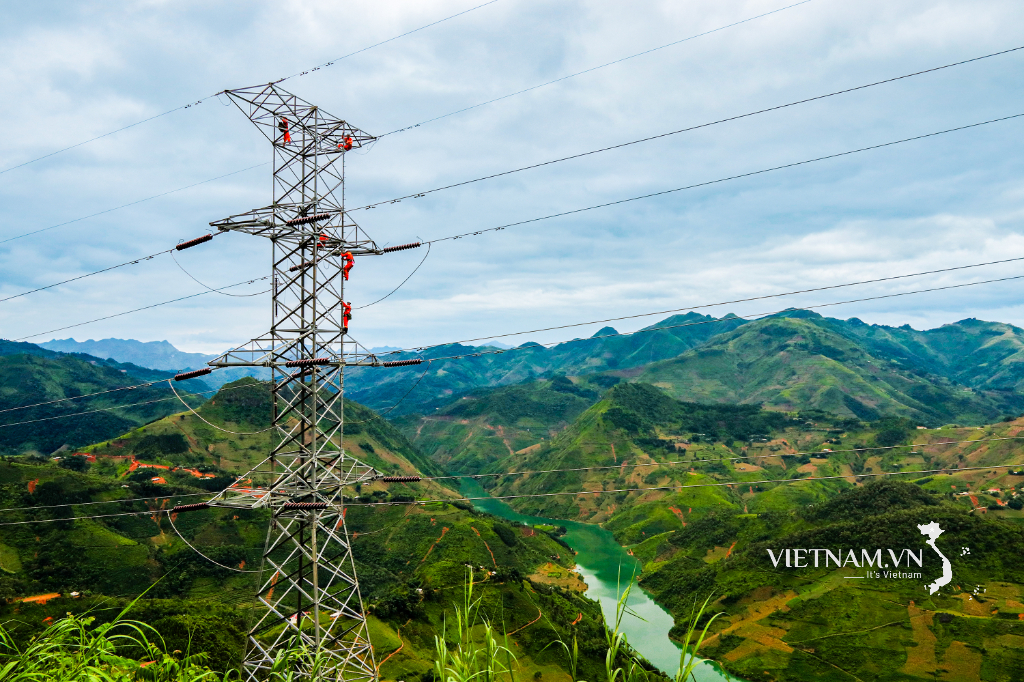
Comment (0)